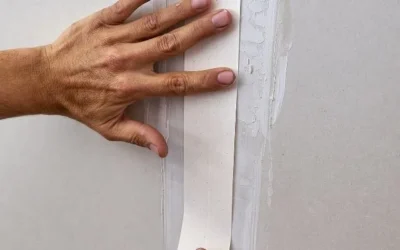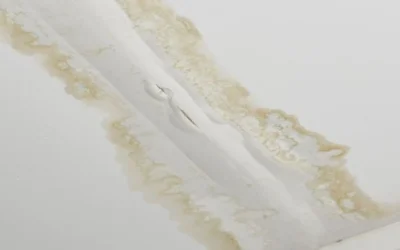Over the years, working from home has been a preferred choice of many employees and employers alike. No commute, enjoy flexible hours, and drink your coffee just the way you like it. But one unexpected challenge most people don’t anticipate is the noise. Whether it’s from the TV in the next room, traffic outside, or your own voice echoing in the room, poor acoustics can make remote work or study harder than it needs to be. Sound-rated plasterboard can transform how your home office sounds without tearing the whole place apart or draining your savings. Here’s how to improve the acoustics in your home office using cost-effective materials and smart, practical upgrades:
Why Regular Plasterboard Doesn’t Block Enough Noise
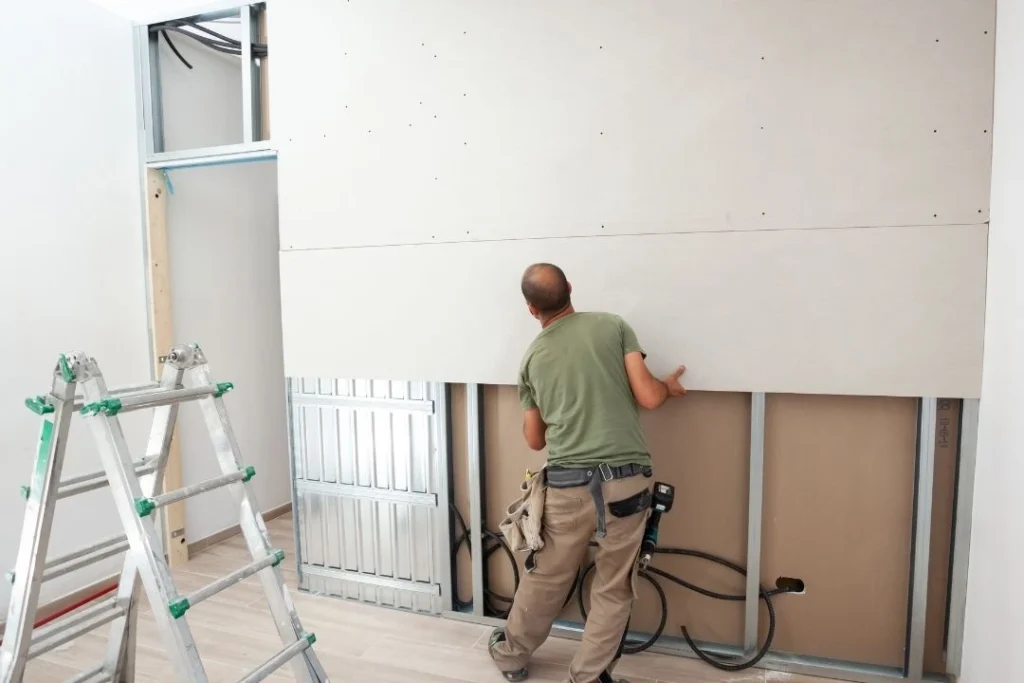
Most standard plasterboard is designed for basic wall lining, not acoustic control. It works well as a surface for paint and finishing, but it offers minimal resistance to airborne sound. This includes common household and urban noise like TV or music, voices or phone calls, footsteps, and appliances or plumbing noise. These sounds can easily pass through lightweight, hollow-framed walls, especially if there’s no insulation or acoustic separation inside the cavity.
In older homes or quick builds, plasterboard may have been installed without noise reduction in mind. Some homeowners would just add curtains, rugs, or foam tiles to block out noise, but they don’t go far enough to reduce it. These only absorb surface reflection or reverb and don’t address sound transmission through the structure.
For any home office in Sydney, especially in terrace houses, apartments, or rooms that share a wall with high-traffic areas, standard plasterboard just doesn’t cut it. If you can hear your neighbour’s TV through the wall or your kid’s online classes from the next room, it’s time to consider upgrading the wall lining itself.
What Makes Plasterboard Sound-Rated?
Sound-rated plasterboard, also known as acoustic plasterboard, is specially designed to reduce noise transfer through walls, ceilings, and floors. Unlike standard 10mm gyprock, these sheets are often thicker and denser, with added materials like gypsum cores, fibreglass, or sound-absorbing additives that enhance their ability to block and dampen noise. Acoustic plasterboard works by increasing the mass of the wall and dampening vibration.
Some popular, cost-accessible options you’ll commonly find in Sydney renovations include:
These products are installed just like regular plasterboard, which keeps labour costs low. Sound-rated plasterboard is useful in home offices with shared walls, apartments or townhouses with thin common walls, and converted spare rooms being used for remote work or study. When paired with proper sealing and insulation, these boards can make a dramatic difference without the need for a full structural renovation.
Smart Add-Ons That Boost Performance
You don’t always need to pull down every wall or start from scratch to improve home office acoustics. Sometimes, adding the right materials behind or alongside your plasterboard can significantly reduce noise, especially when space, budget, or access is limited.
Here are a few smart acoustic upgrades that can level up your soundproofing without a major renovation:
Resilient Channels
These are thin metal strips installed between the wall studs and the plasterboard. They decouple the plasterboard from the frame, which helps stop vibrations like footsteps or door slams from travelling through the structure. This is useful in apartments, duplexes, or upstairs bedrooms, where impact noise is a common problem.
Acoustic Insulation
Installed inside wall cavities, this insulation absorbs sound before it can reach the plasterboard. Standard glass wool works, but acoustic-grade insulation like the Bradford Soundscreen performs even better. It’s a must-have if you’re relining a wall and want real noise control.
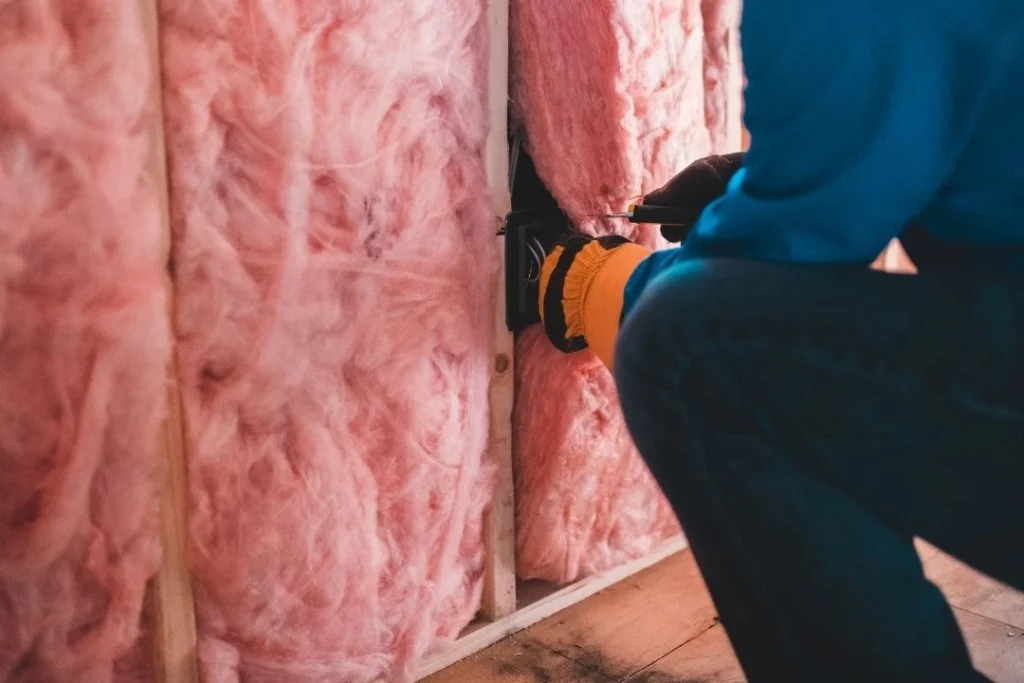
Double Sheeting or Staggered Joints
This involves applying two layers of plasterboard with offset joints. It adds mass and breaks up sound paths. Great for rooms with particularly thin walls or anyone converting a garage or spare room into a functional workspace.
Seal Gaps and Penetrations
Sound leaks out wherever air can get through. A good plasterer will seal around outlets, cornices, and joins with acoustic sealant or caulk. It’s a small detail with a big impact, because even a tiny gap can let a surprising amount of noise through.
These upgrades are especially effective when used together. They’re perfect for retrofits in spare rooms, apartment offices, and study nooks, especially when space is tight and full renovations aren’t practical. For more non-construction-based ways to reduce noise and improve comfort at home, check out our blog on effective soundproofing upgrades.
Budget-Friendly Acoustic Retrofit Tips
Soundproofing doesn’t have to mean blowing your budget on studio-level materials. If you’re working from home, there are plenty of ways to improve acoustics without overcapitalising, especially if you live in a rental, strata apartment, or older Sydney terrace where renovations need to stay minimal.
Here’s how to get better sound control on a budget:
- Treat only the problem wall. Focus on the wall that causes the most disruption or where you hear the most noise. Once done, you’ll notice a big difference without touching the entire room.
- Pair cost-effective materials. Use a mid-range acoustic plasterboard and combine it with standard glass wool insulation. It’s a good balance between cost and performance for most home setups.
- Reline existing framing. If your current wall structure is in good shape, a plasterer can install sound-rated sheets directly over it. This saves on labour, avoids demolition, and keeps costs down while still giving you a high-performance upgrade.
- Seal your doors. Internal doors can be major weak points for sound, but you don’t need to swap them out. Instead, install acoustic door seals, draught stoppers, or gap plugs to reduce sound leakage at the bottom and sides.
- Skip the gimmicks. Foam tiles and stick-on panels may look cool, but they only treat echo inside the room and not sound transmission through the walls.
A smart acoustic retrofit often takes just one or two days, especially if you’re only upgrading a feature wall or small space. It’s a great way to get real results in home offices or even shared bedrooms without major disruption or expense.
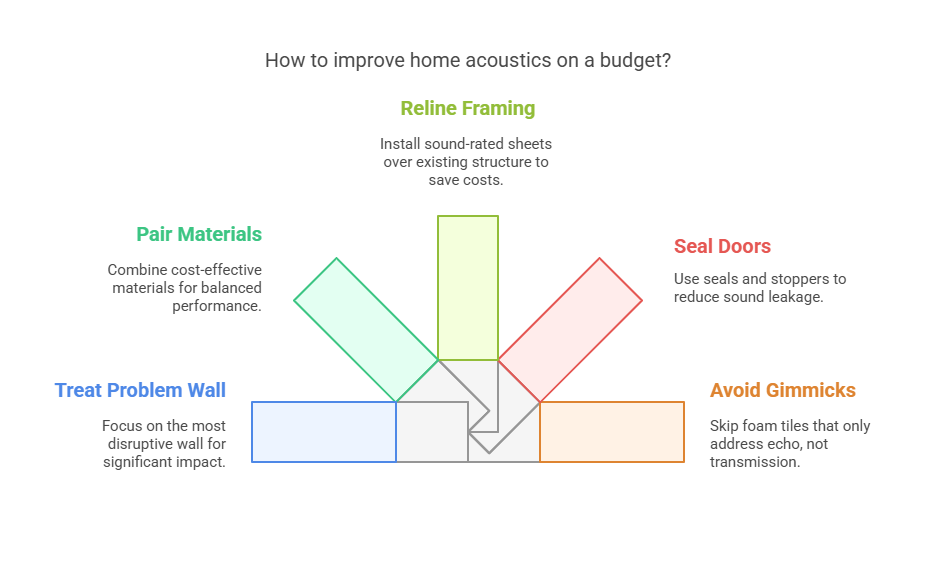
Why a Plastering Pro Makes a Difference
Installing a sound-rated plasterboard might seem straightforward, but when it comes to noise control, the details matter. Even small gaps, poorly aligned joints, or incorrect fixing methods can compromise the acoustic performance of your upgrade and leave you with results that look fine but don’t actually block sound.
That’s where a professional plasterer makes a real difference. A qualified plasterer will:
- Identify which walls or surfaces will make the biggest impact acoustically
- Use correct fixing systems and sealing techniques to preserve soundproofing performance
- Properly handle details like corners, light switch cut-outs, and outlet boxes, which can easily become sound leaks if not done right.
- Deliver a smooth, paint-ready finish that blends seamlessly into the rest of your space.
Whether you’re treating a single wall or creating a full soundproofed zone, professional installation ensures the materials perform as intended and the space looks good as it sounds.
Conclusion: Peace and Quiet Is Possible—Even at Home

A quieter, more focused home office doesn’t have to cost a fortune or look like a sound booth. With the right plasterboard, a few smart upgrades, and proper installation, you can reduce unwanted noise, improve comfort, and create a space where work actually feels productive. Whether you’re dealing with noisy neighbours, echo in your spare room, or just want a little peace during meetings, a thoughtful retrofit can make a big difference without major renovation.
As a professional plasterer in Sydney we’re familiar with and install sound-rated solutions. We help homeowners, apartment owners, and families create quieter, more focused spaces without blowing the budget. From home offices to study zones, we use quality acoustic plasterboard and smart retrofit techniques for your space. Give us a call today on 0415 801 028 or get in touch online to talk through the best acoustic plastering options for your home.


